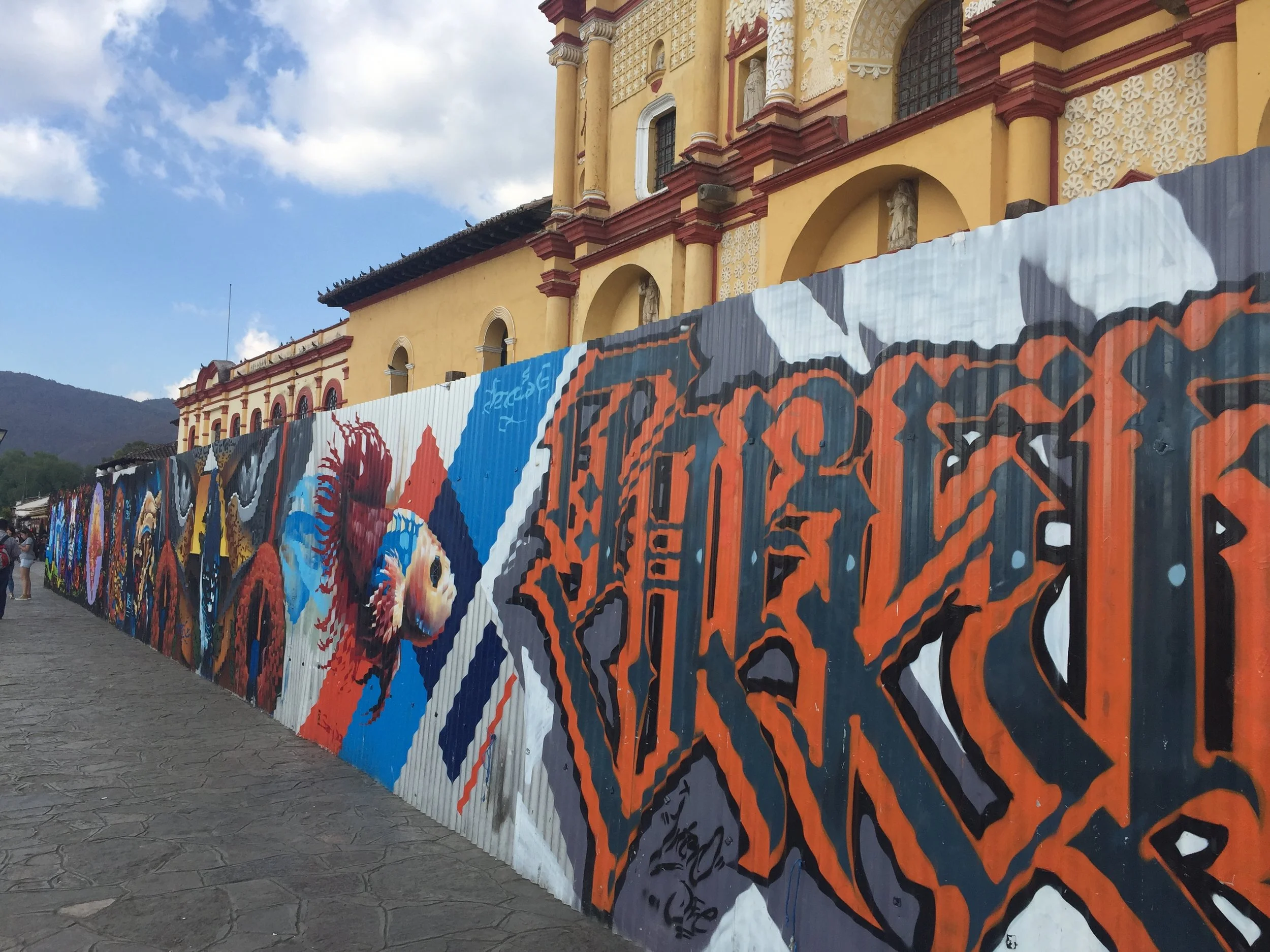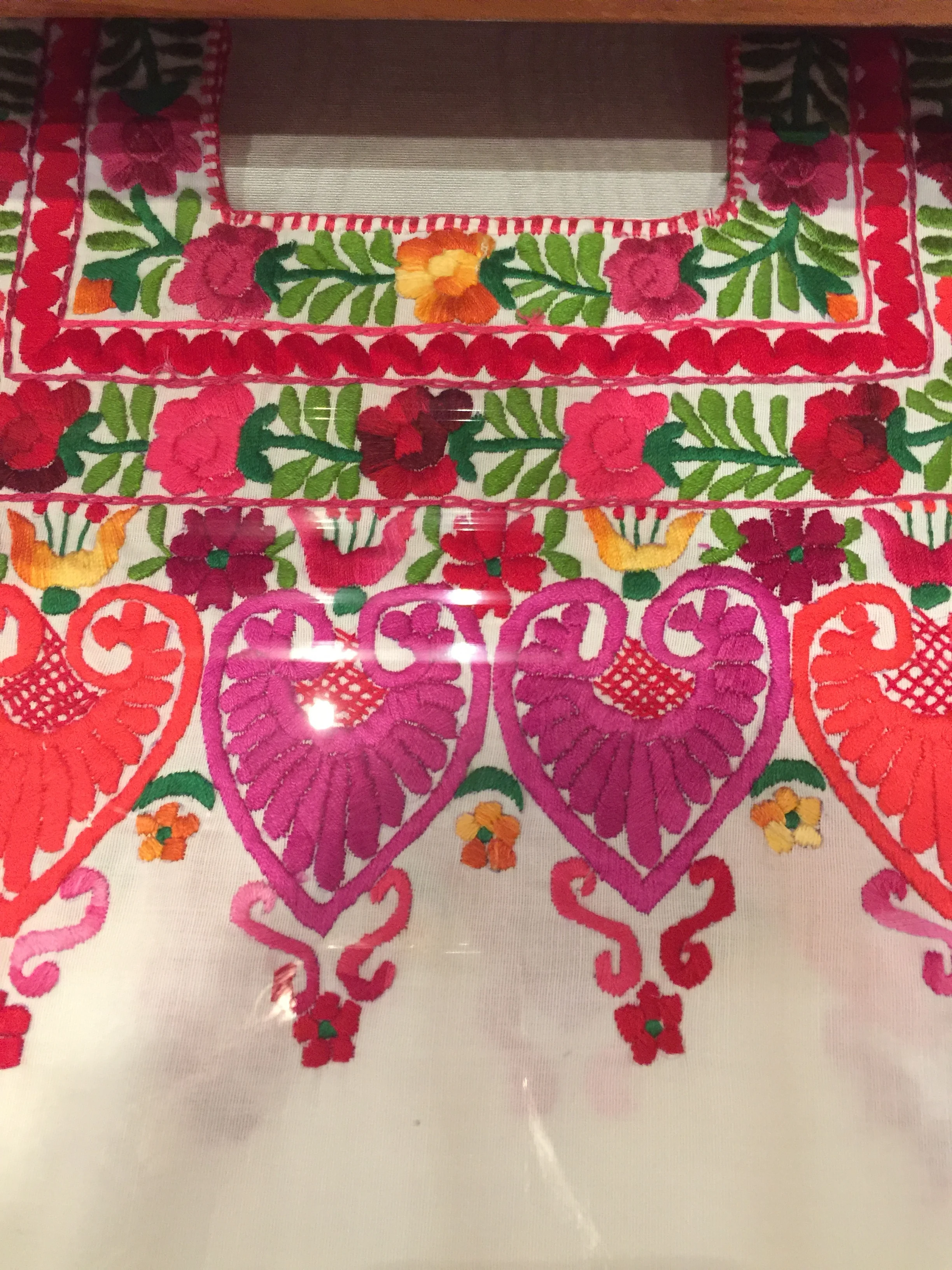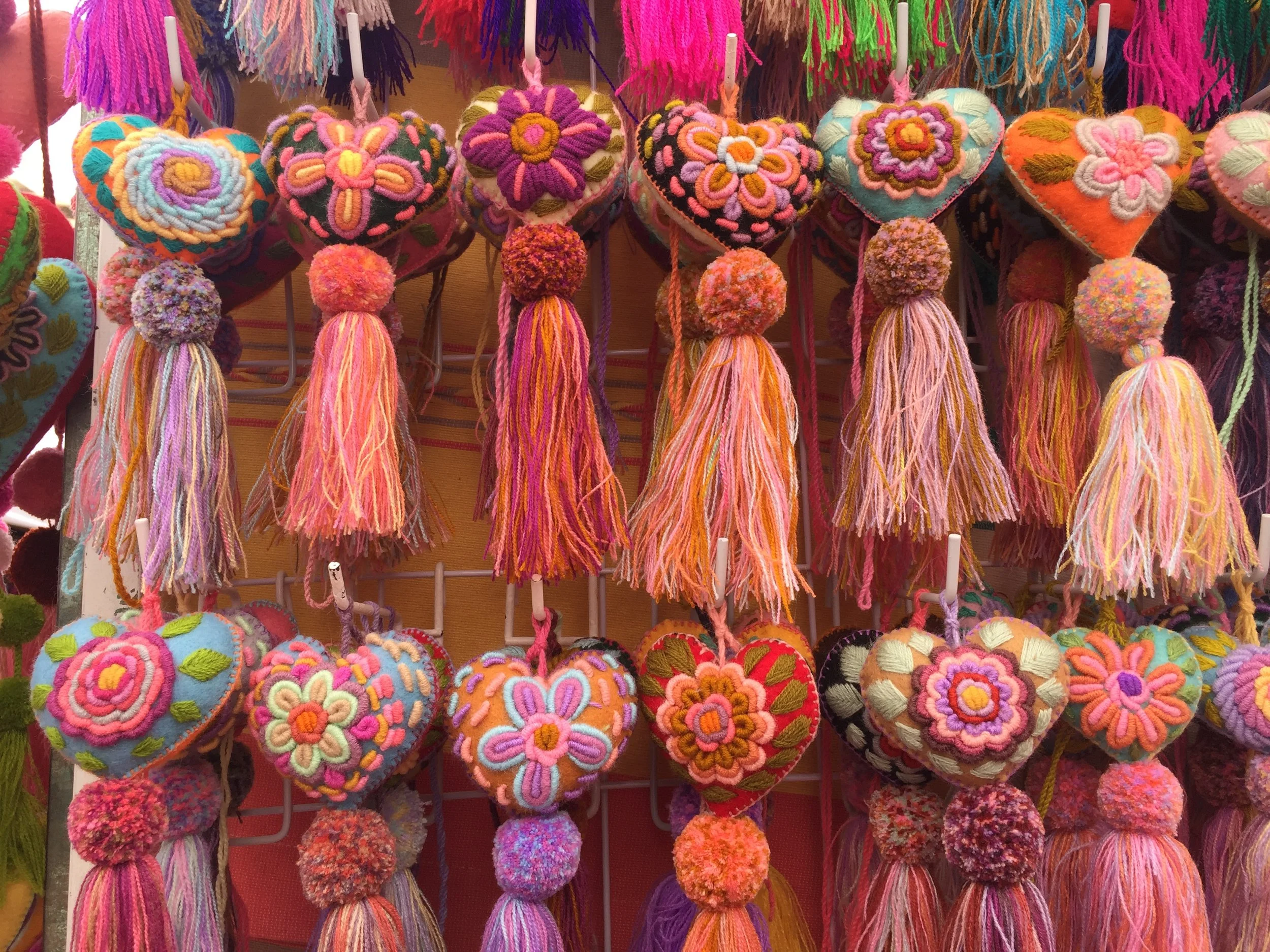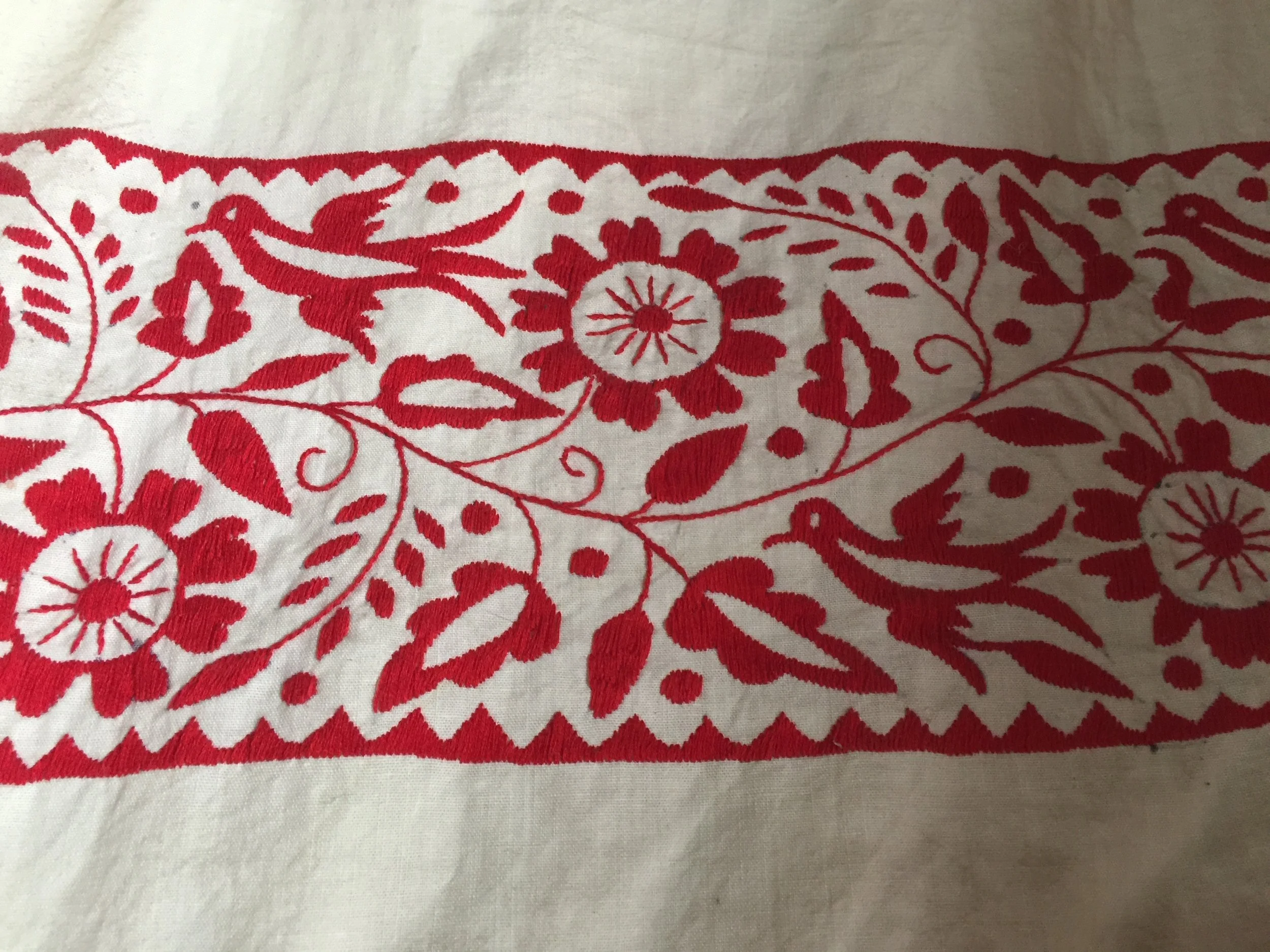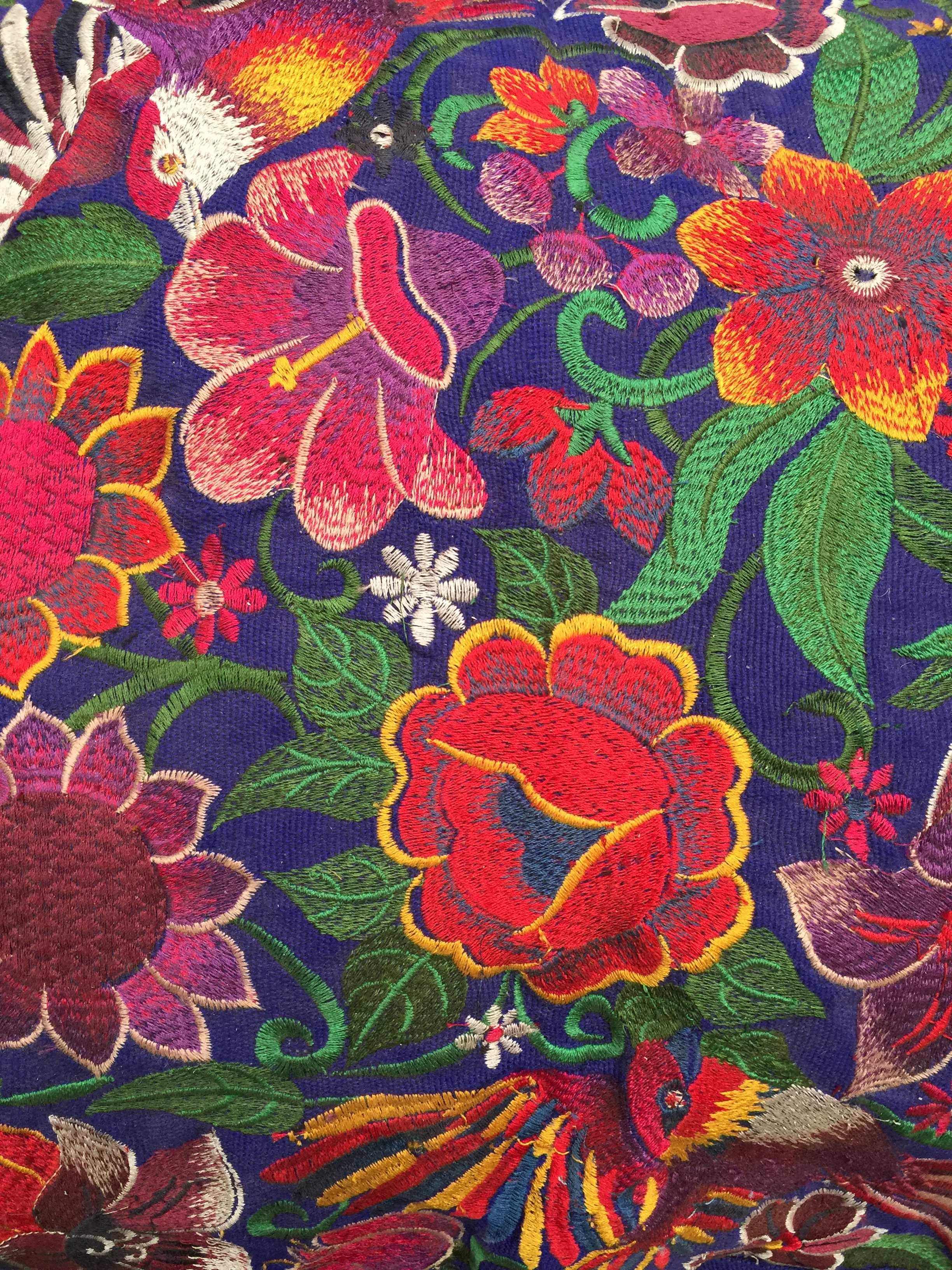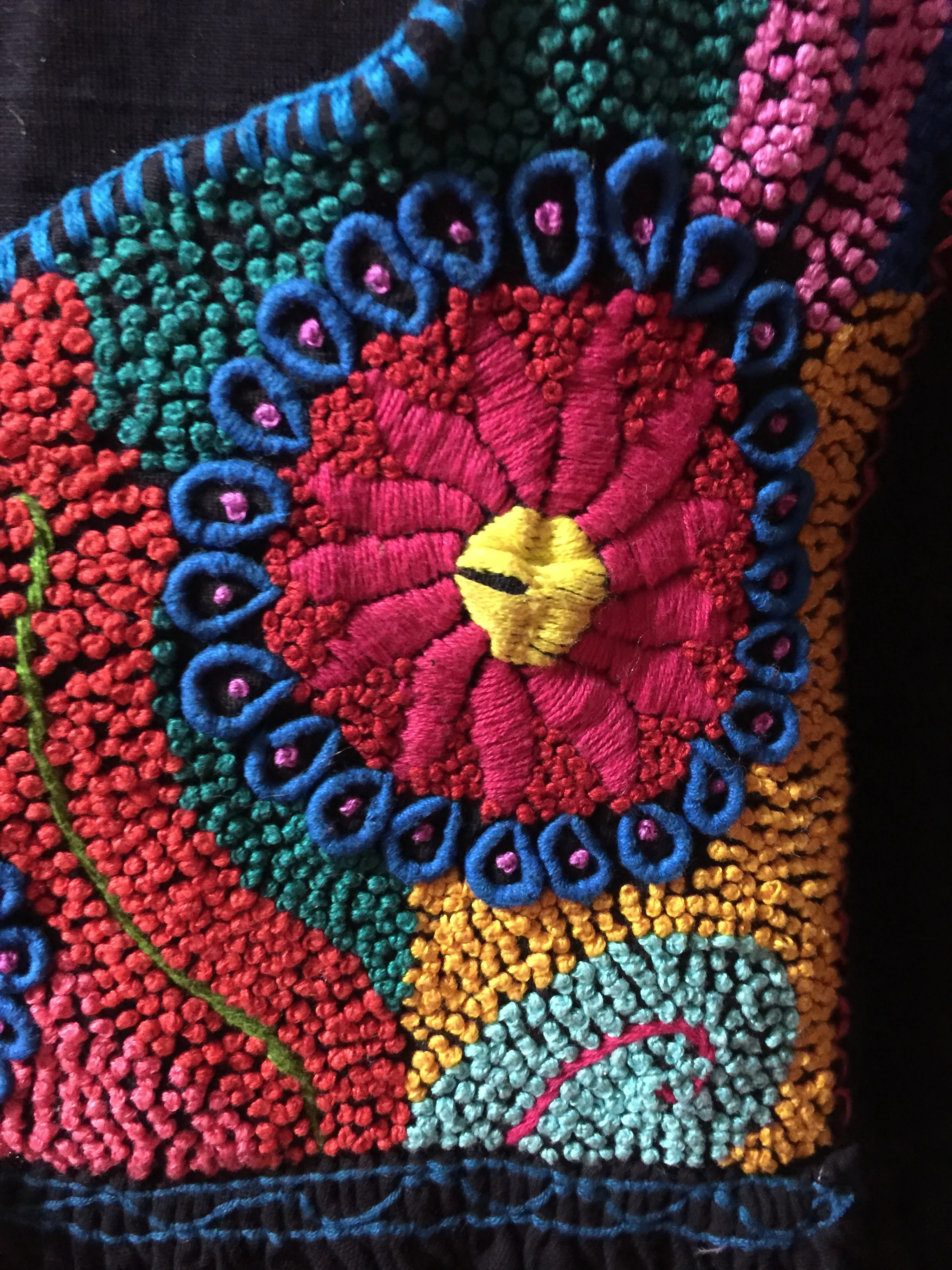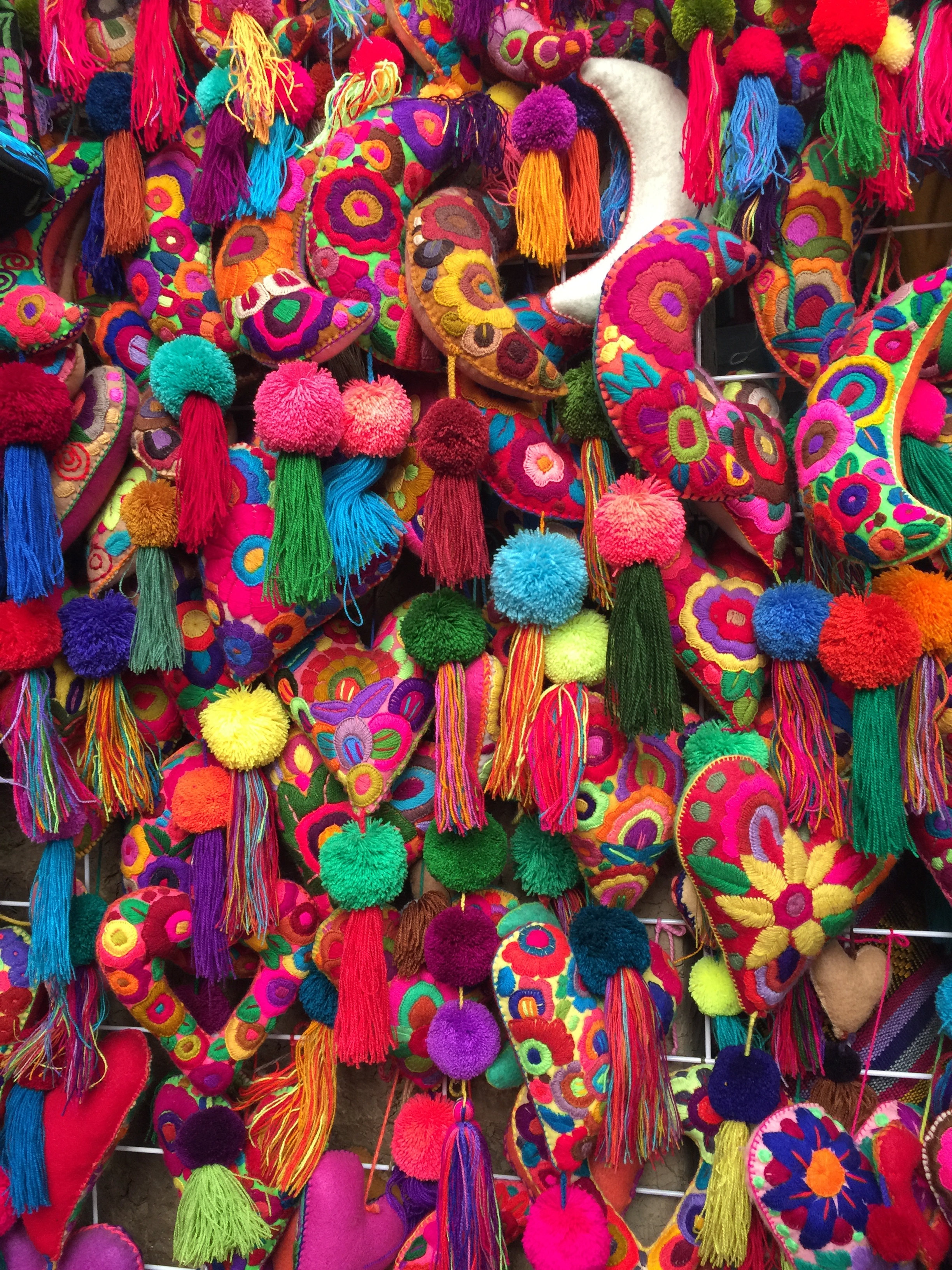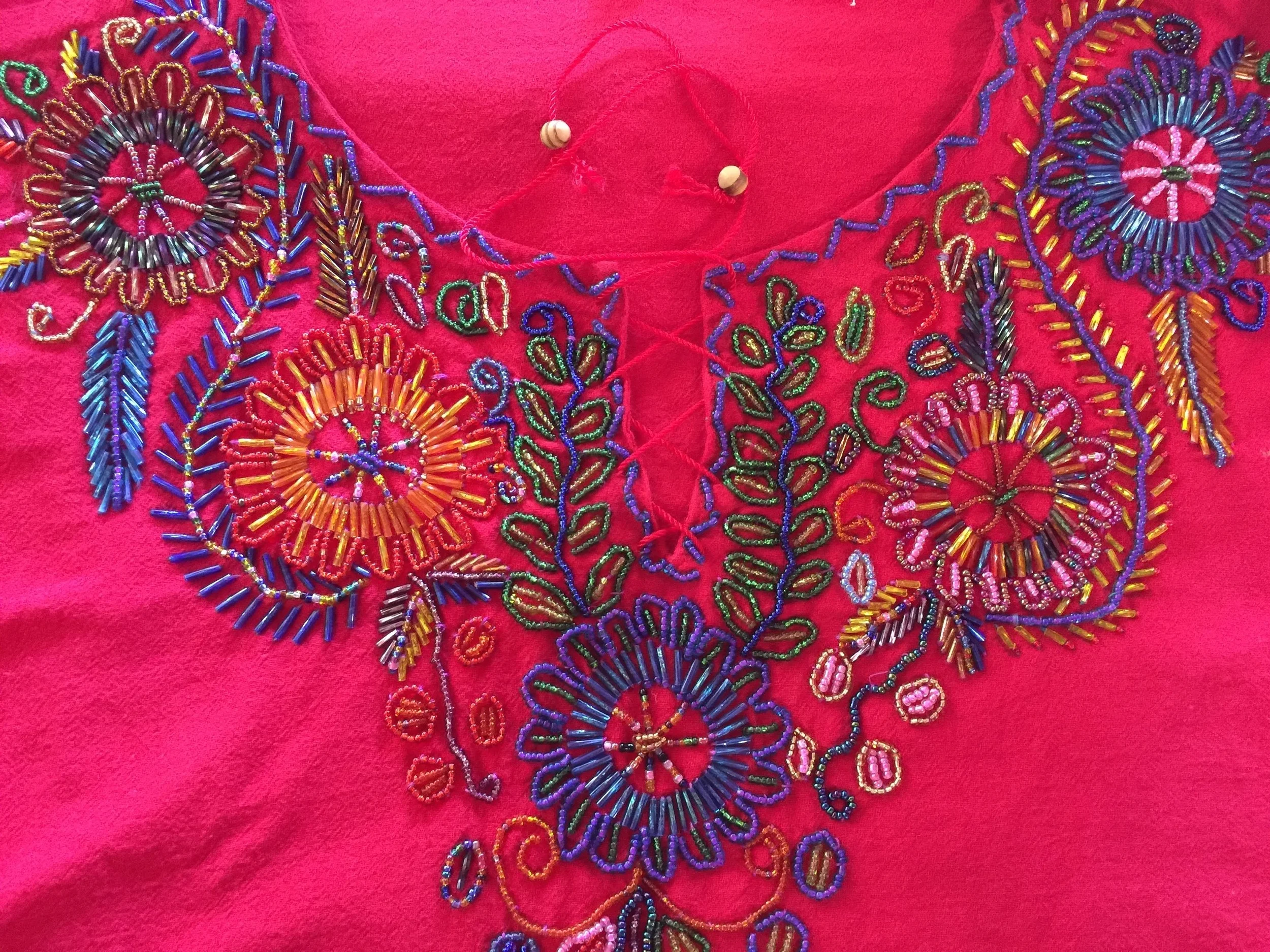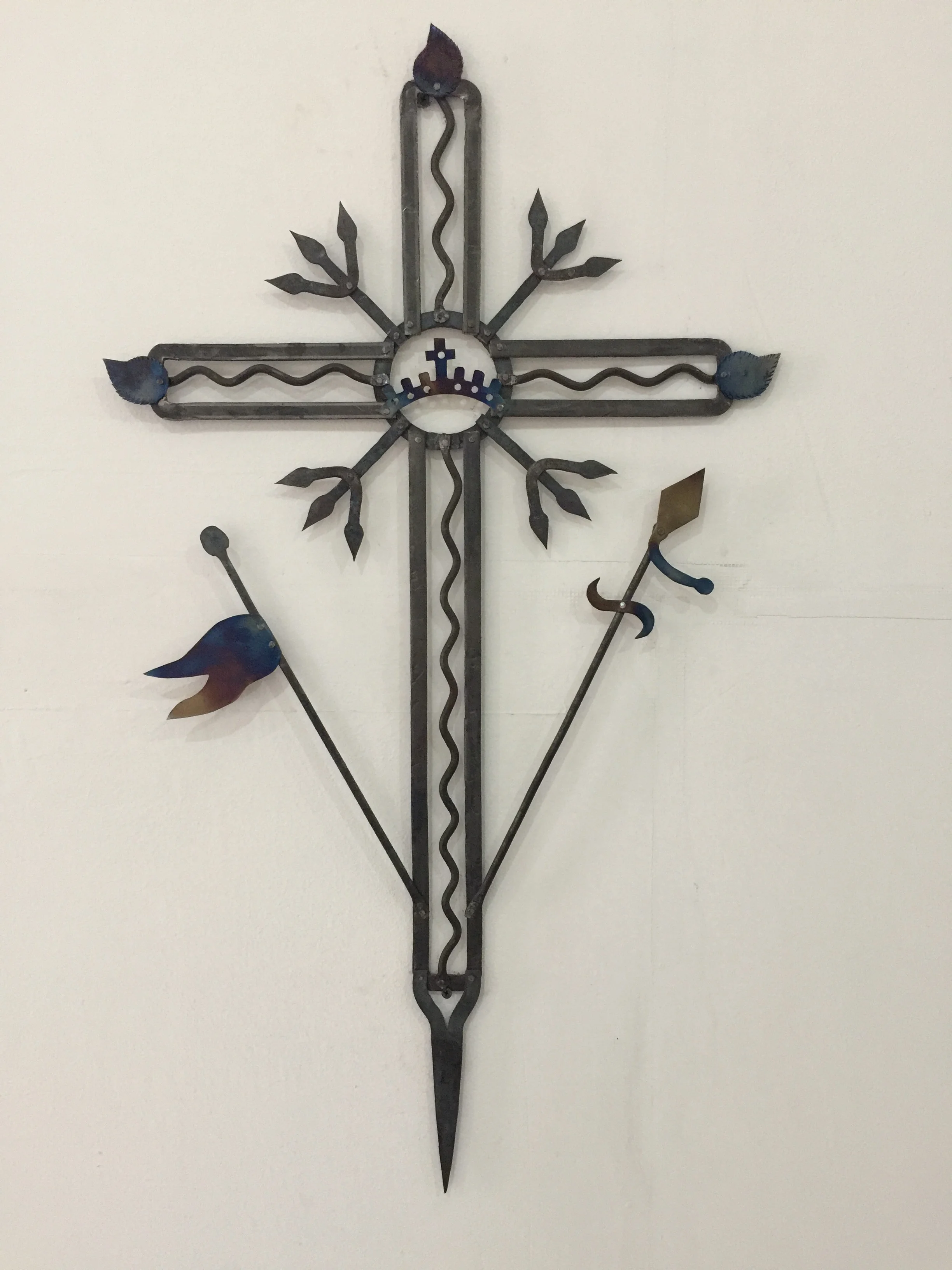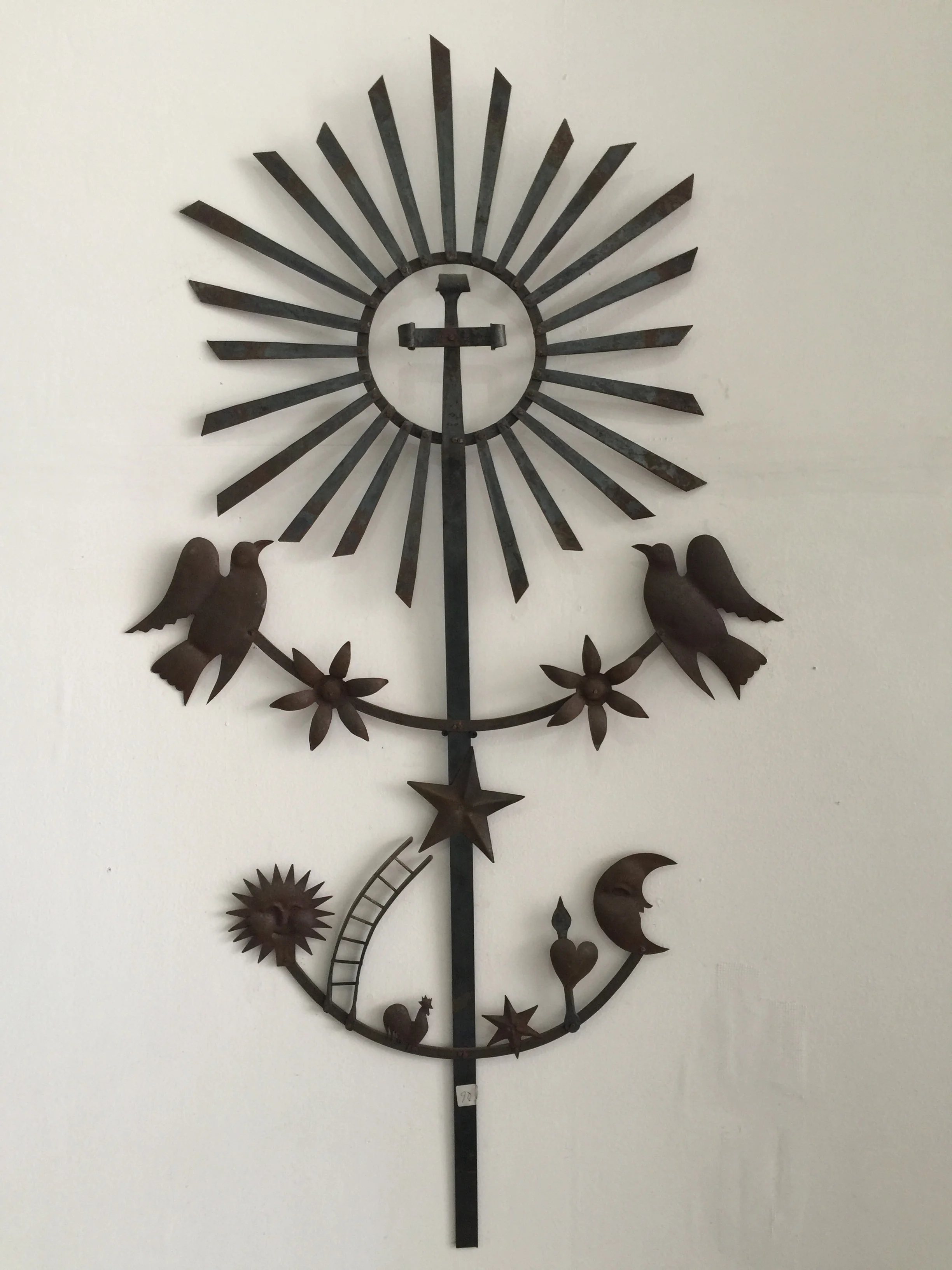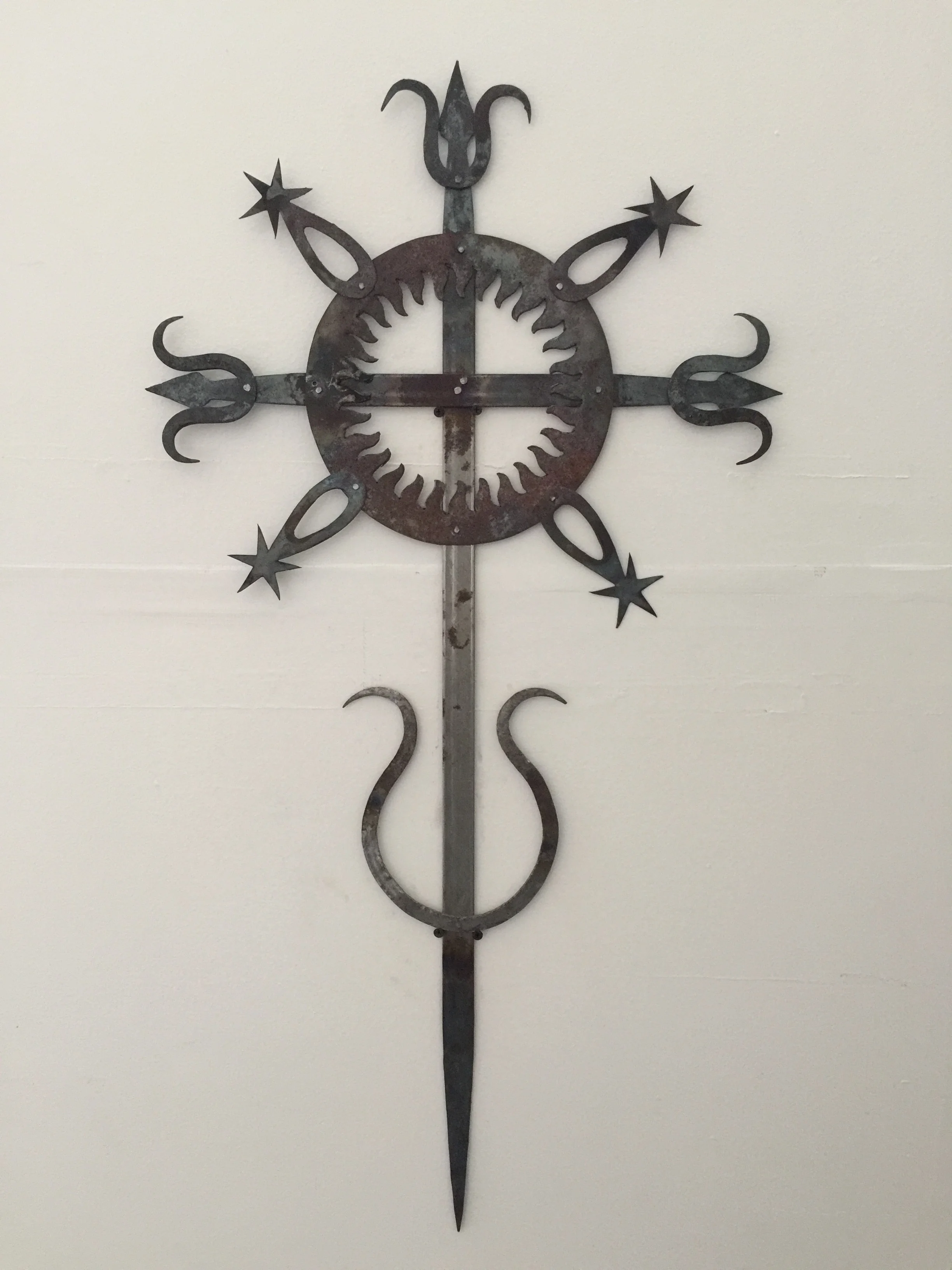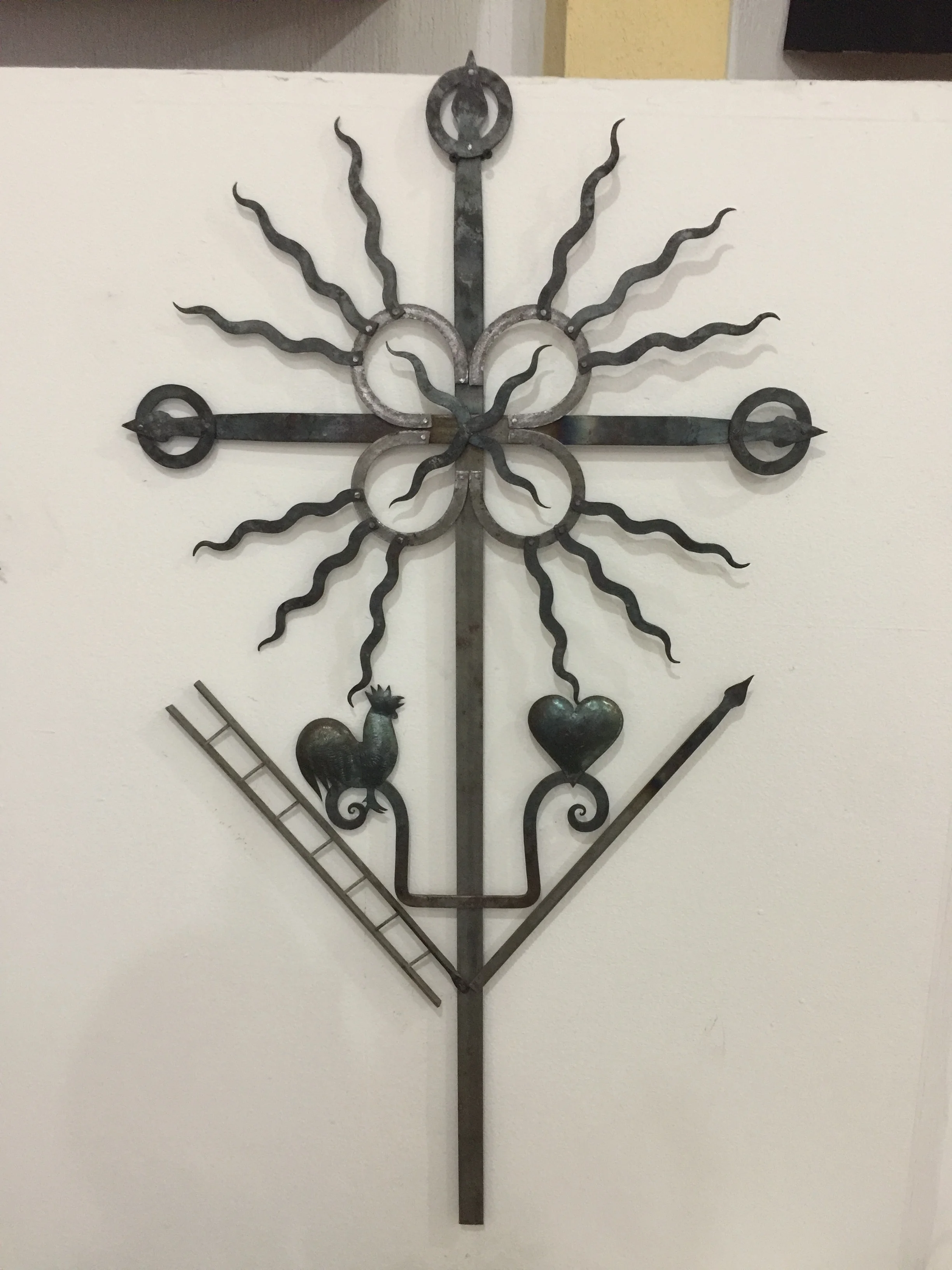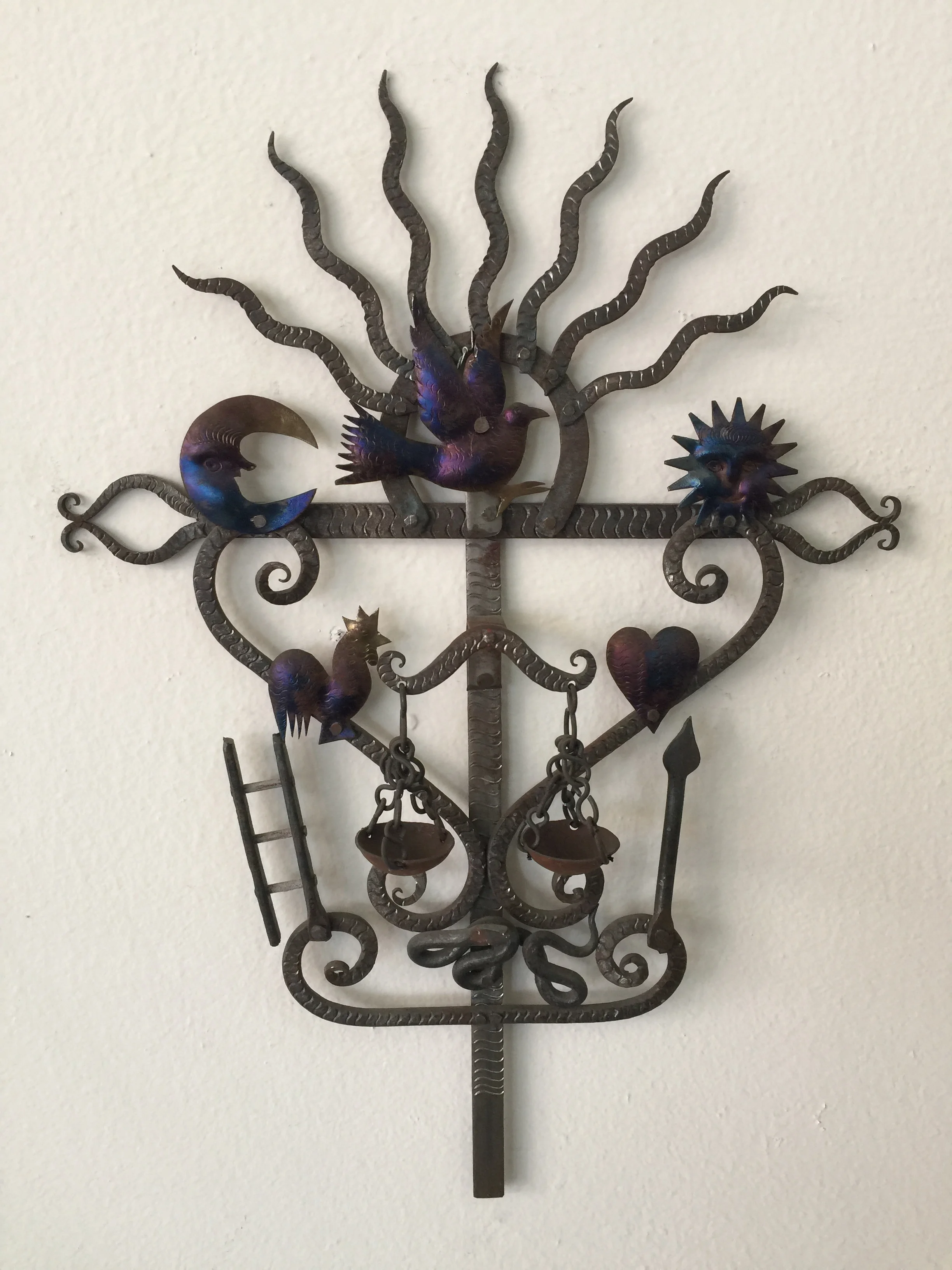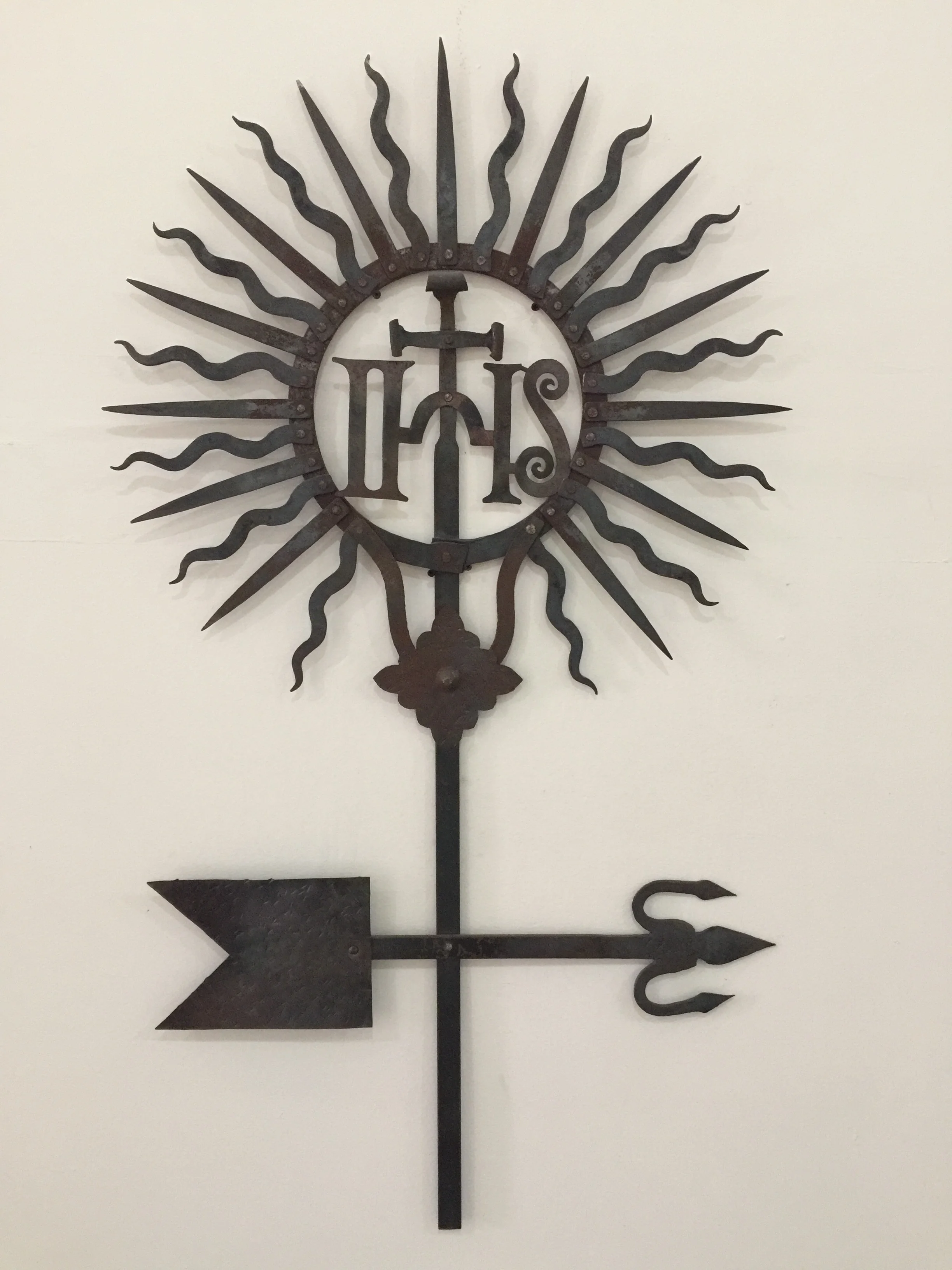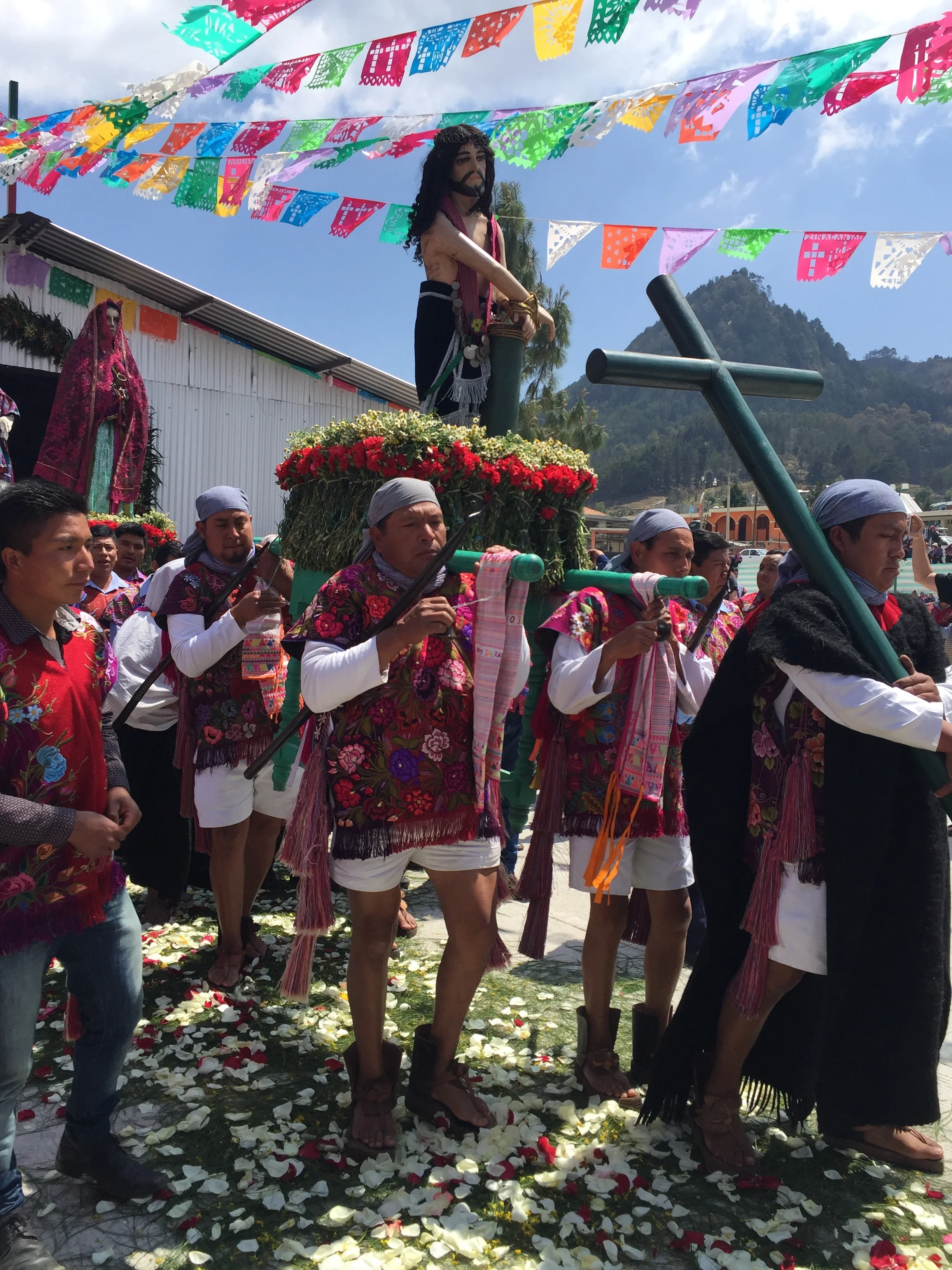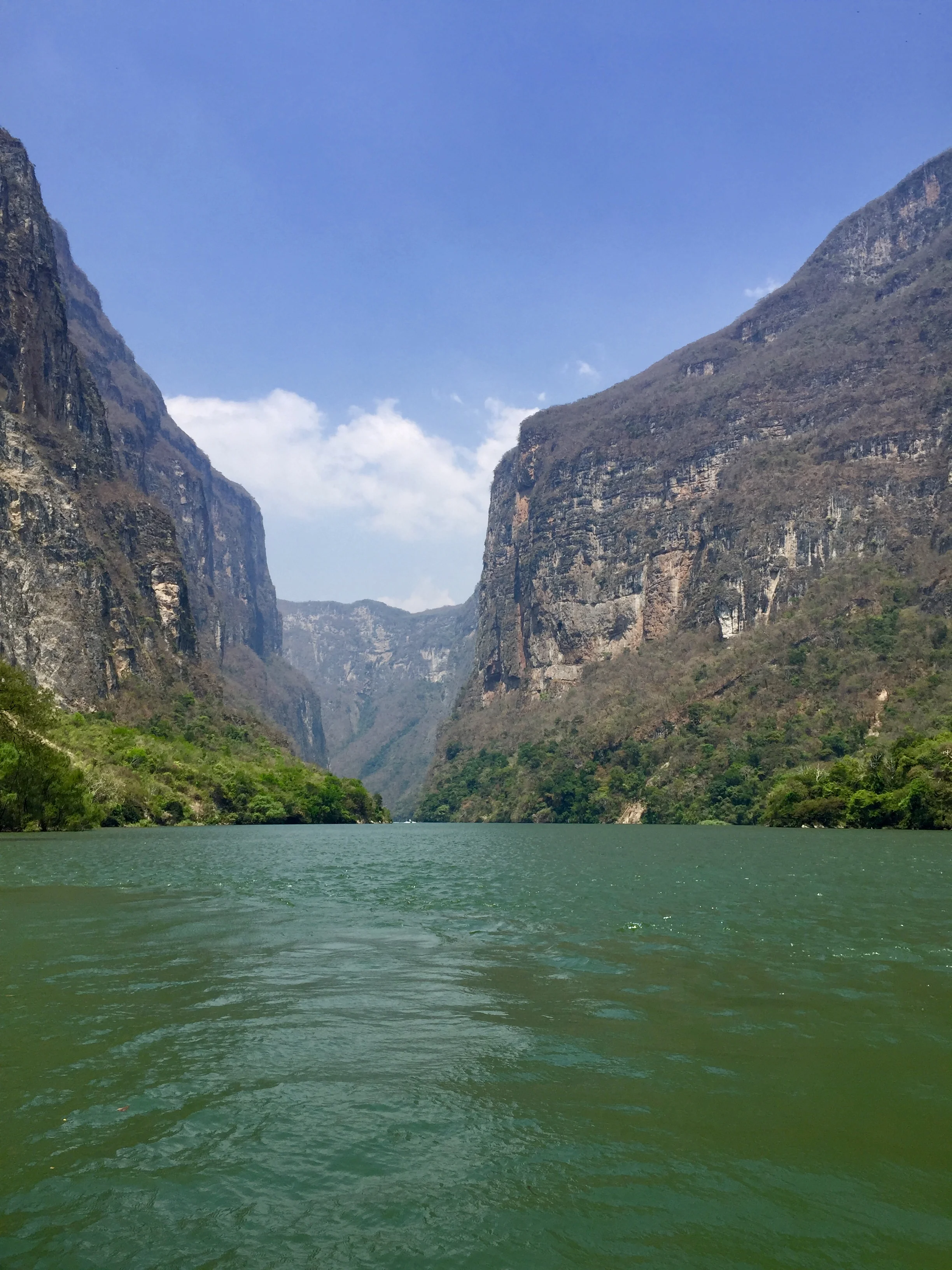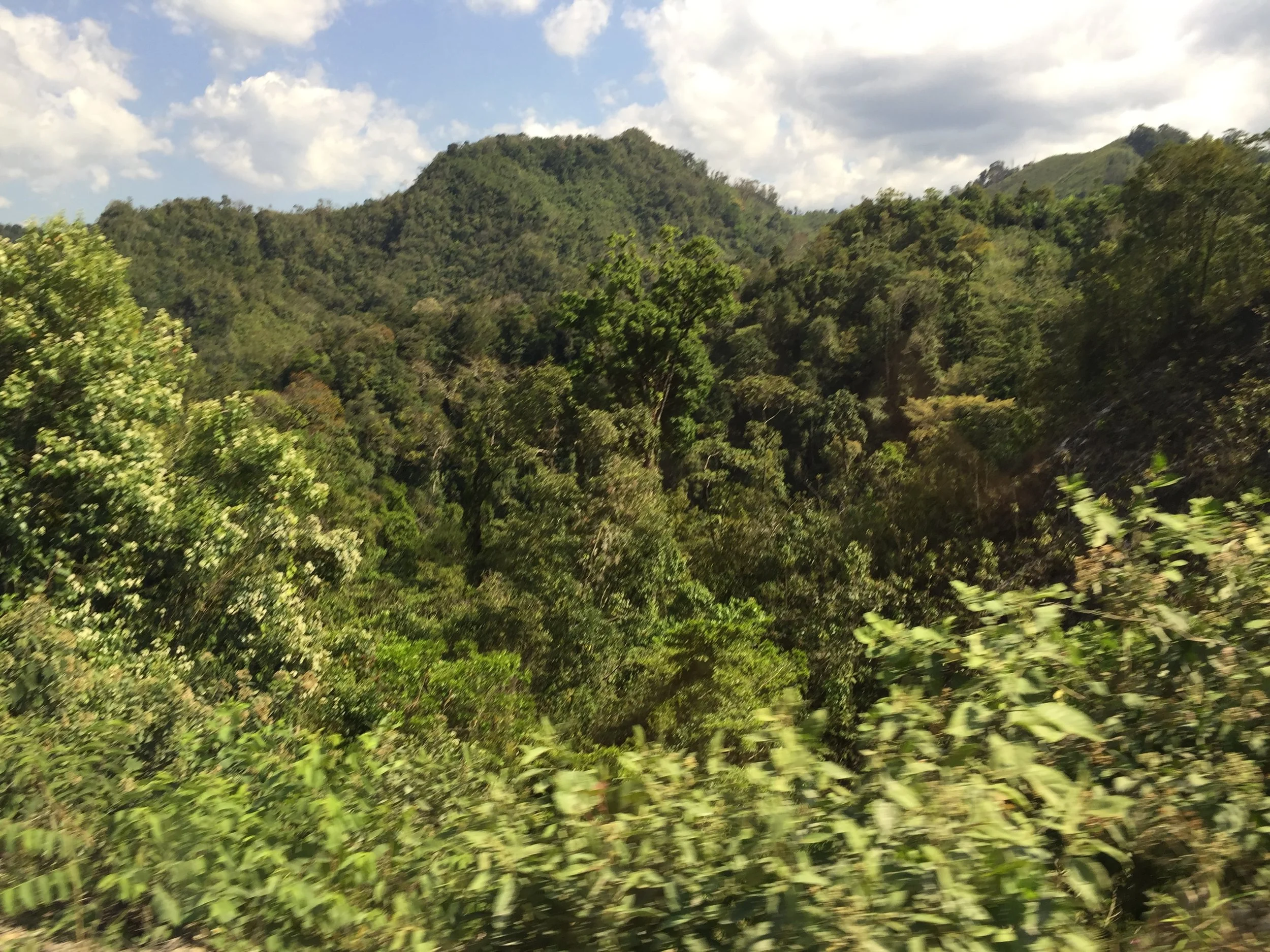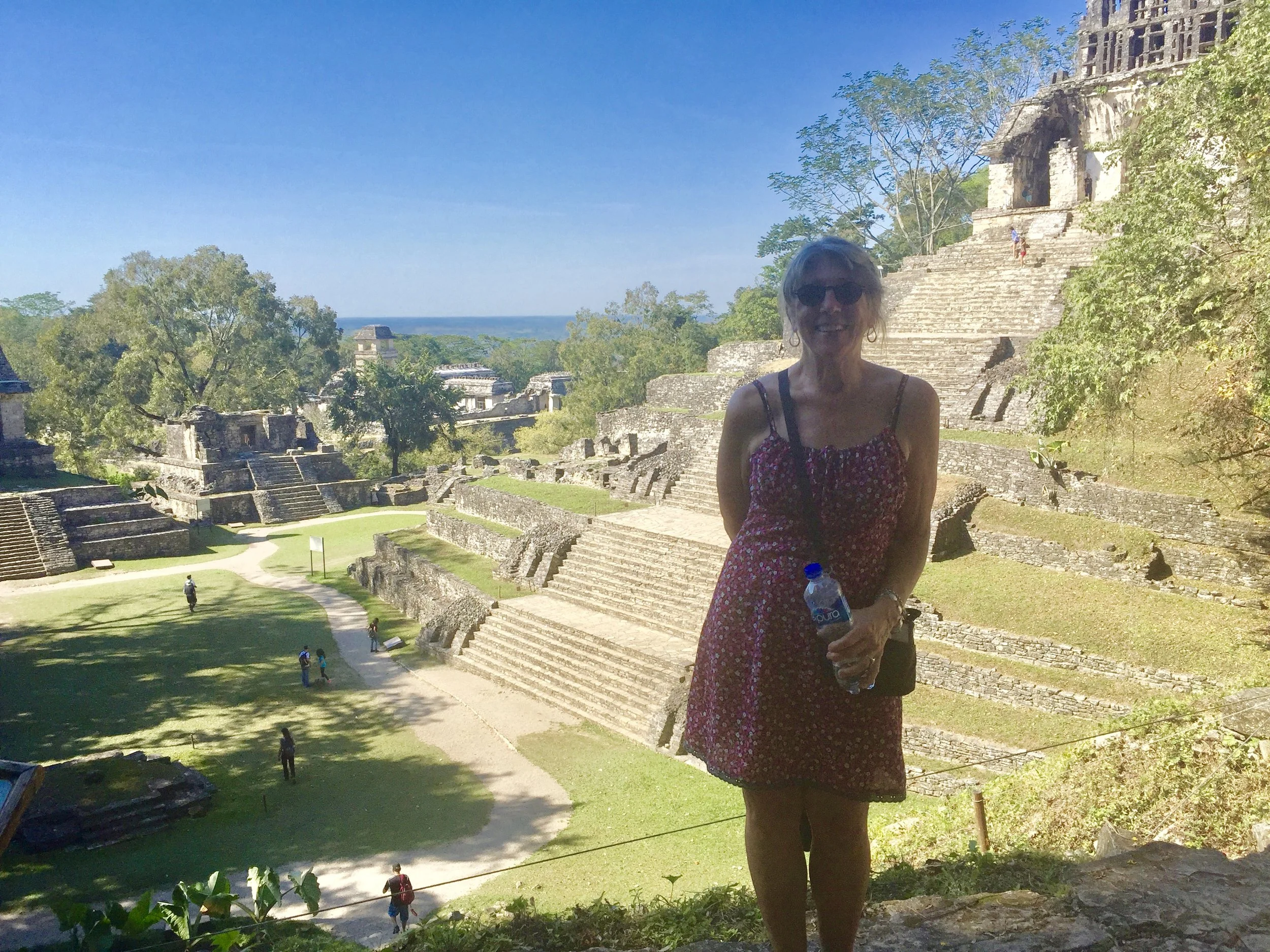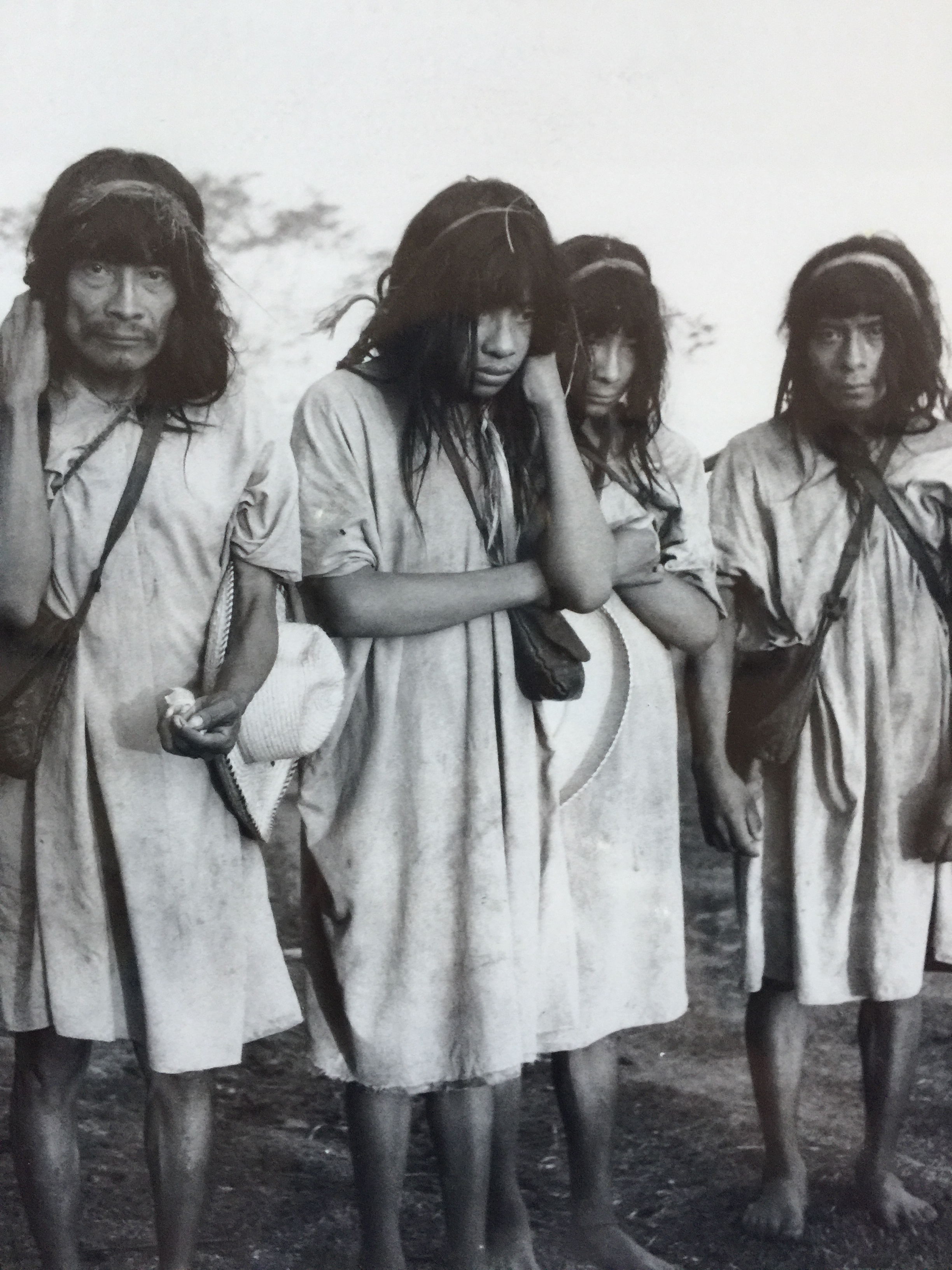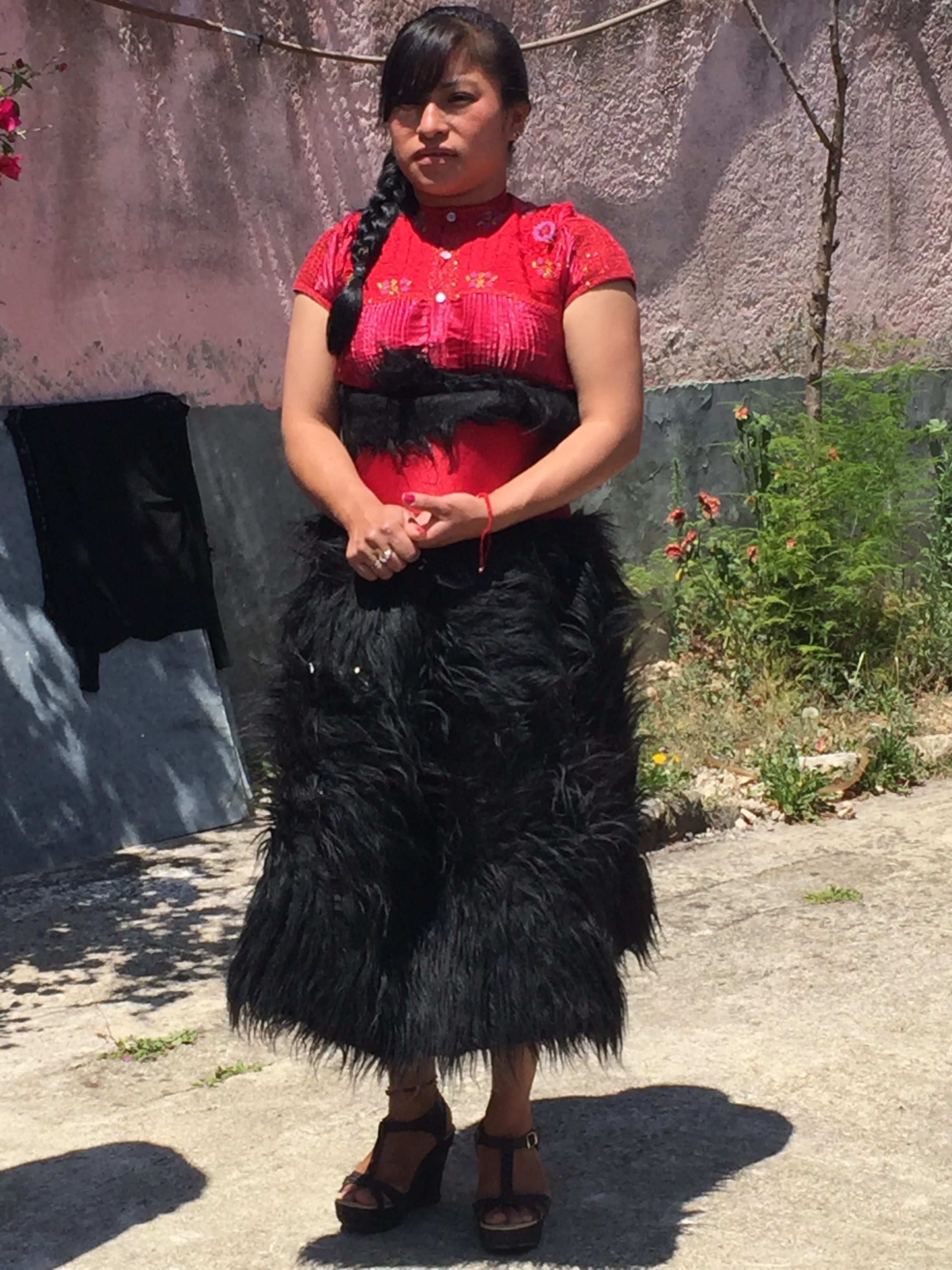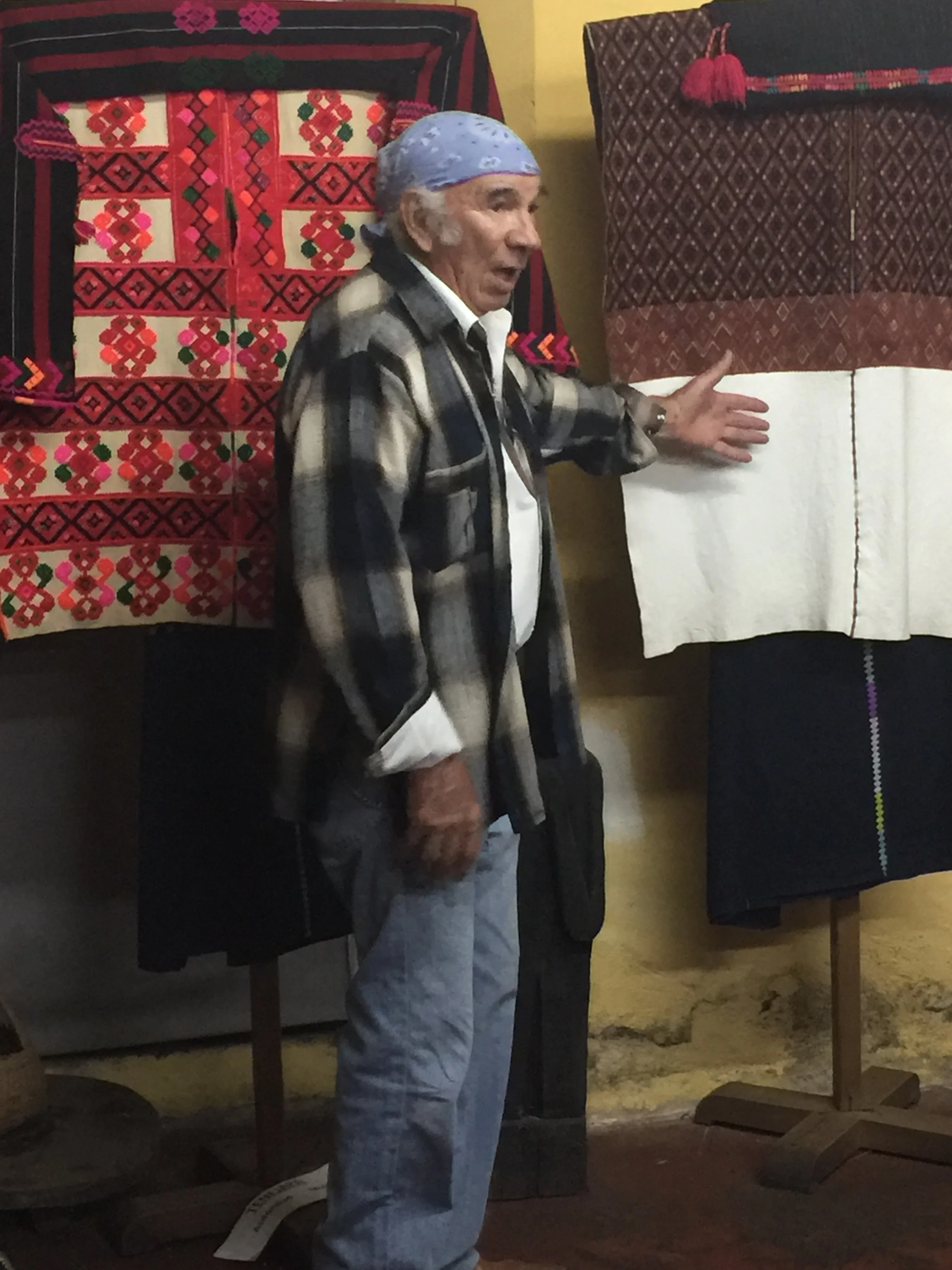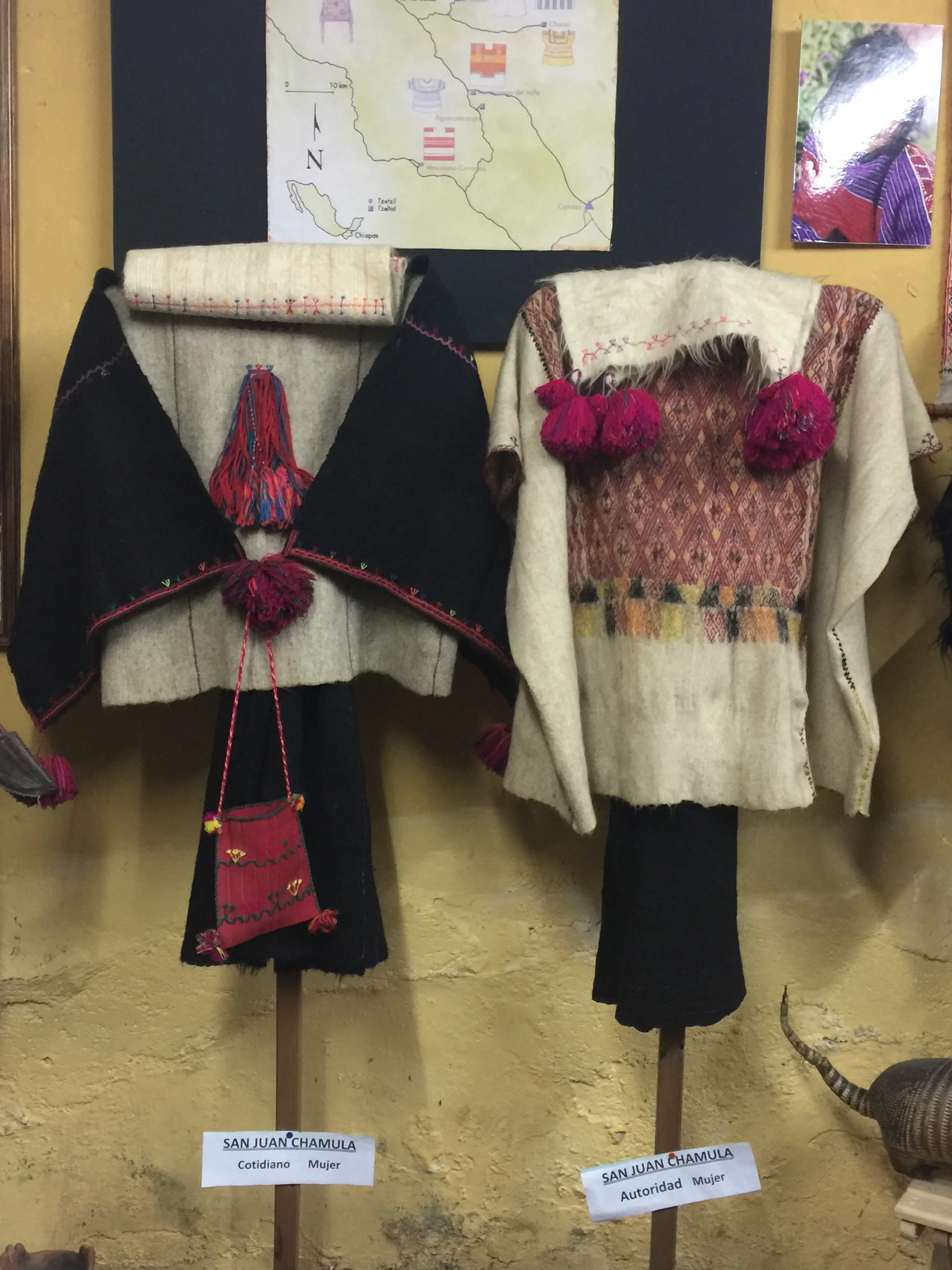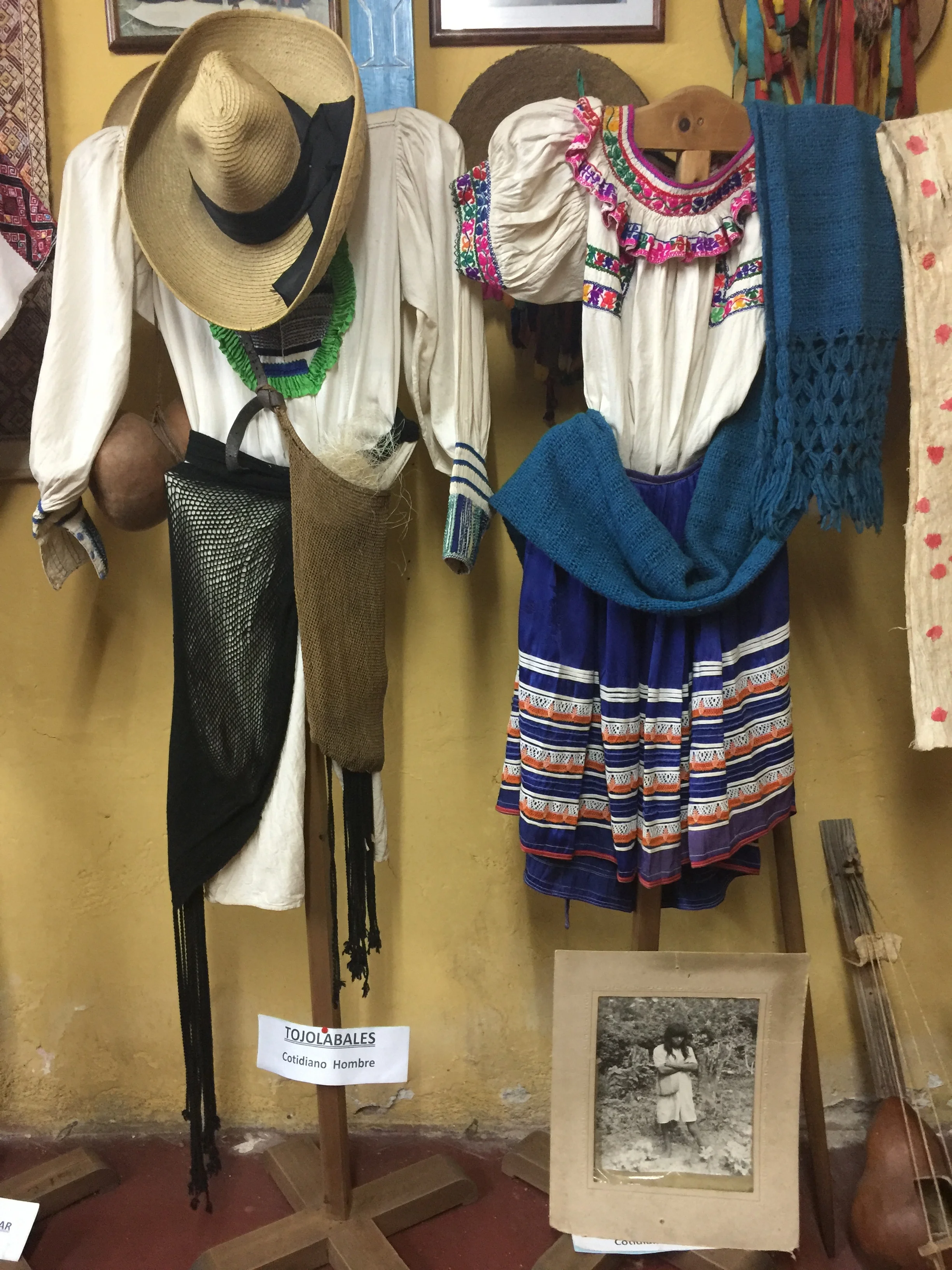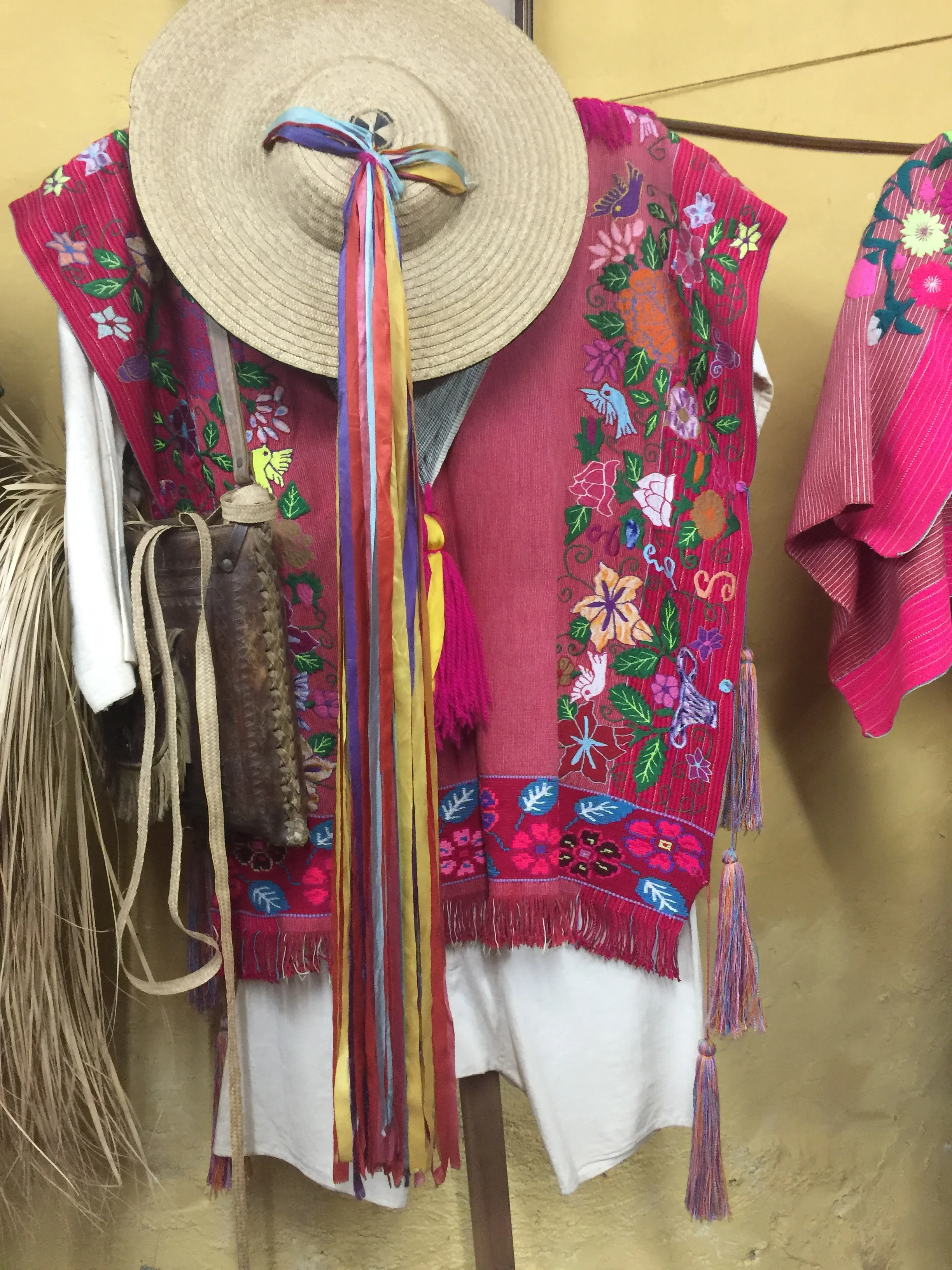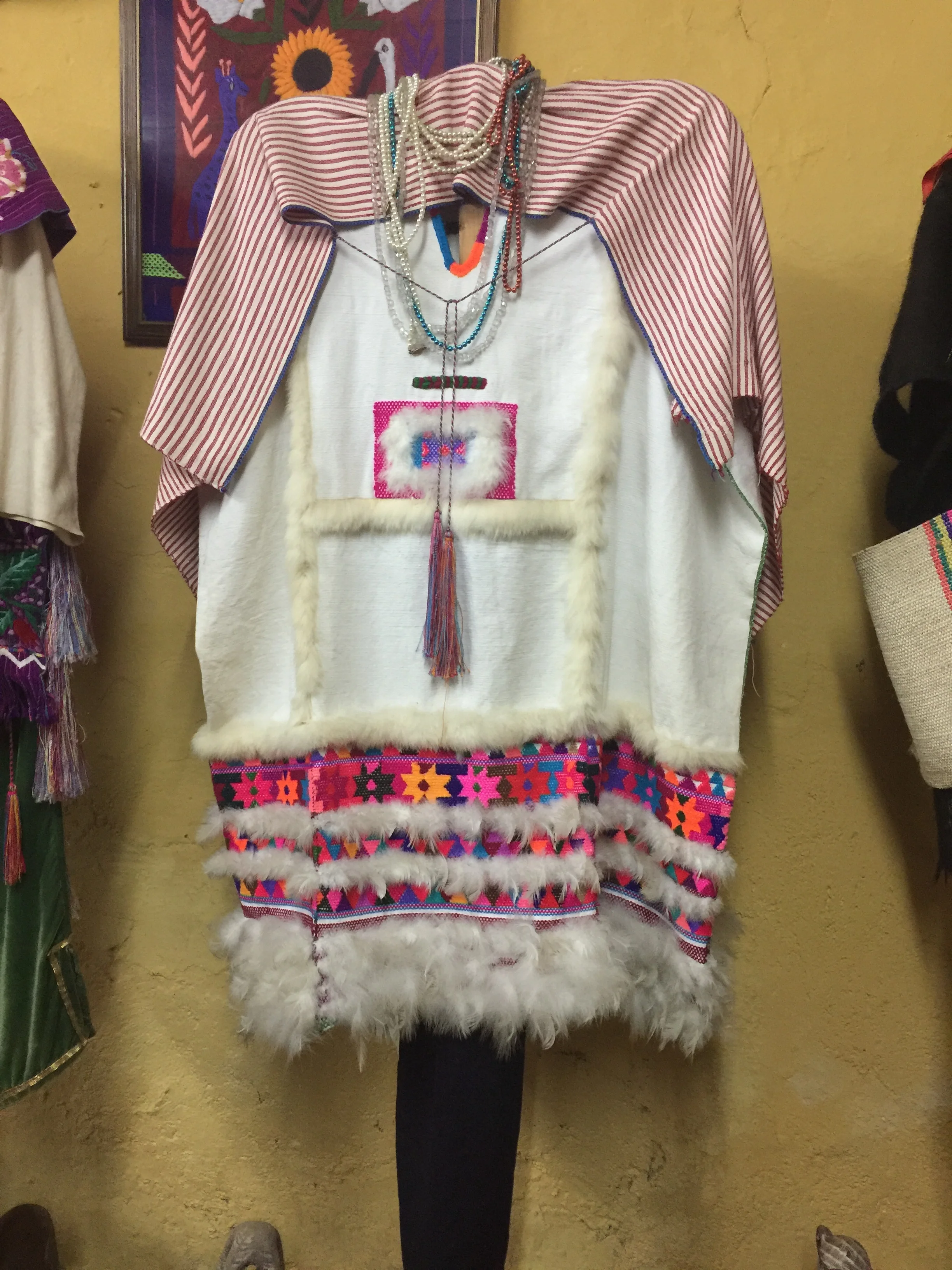I have wanted to visit Chiapas for years. It is remote, primitive and beautiful. It is a land of many different terrains and indigenous groups. We visited 7 very different locations including the eco village of Villahermosa, the ruins at Palenque, the magnificent Miso-Ha Waterfall, the crystal blue waters of Cascadas Agua Azul, the beautiful city of San Cristobal de las Casas, the spectacular Sumidara Canyon, and the sweet town of Chiapa de Corzo on the gigantic Grijalva River. It was an adventure from beginning to end.
Chiapas has a reputation for unrest which makes most people think it is dangerous to travel there. And while they have problems from time to time, it is a very kind and peaceful place where tourists are safe and welcome.
We visited the Mayan ruins and museum at Palenque which were magnificent. And we stopped at the famous Cascadas de Agua Azul, a series of waterfalls found on the Xanil River known for their crystal blue color. The rain forest here (Lacandon Jungle) is one of the last remaining in North America as it stretches south to Guatemala. Sadly it is being cut down for farming corn, and the people do not understand about crop rotation, and so they are constantly cutting down more trees. There are better practices being taught but it has been a slow transition. The people here are just trying to survive and are not educated. Hopefully things will change soon or we will lose this resource that will take 500 years to replace.
Then we reached the beautiful city of San Cristobal de las Casas to find that all the major churches had been affected by recent earthquakes and were walled off with corrugated steel until repaired. But the charm and beauty of the city were still there for all to see.
Cathederal de San Cristobal, damaged by earthquakes and so is not open for viewing or services.
Corrugated steel barricades in front of all churches have been painted by local muralists.
This area is mostly known for textiles. Back strap loom weaving and hand embroidery are the two most common crafts here. I am in awe of the work that goes into all their pieces and how masterful they are with color combinations. Click on the images below to see them larger.
I was drawn to Chiapas because of metal crosses I had seen in other regions of Mexico. When I asked where they were from, it was always Chiapas. We visited the workshop and gallery of one of the most well know metalsmiths of the San Cristobal, Guadelupe Hermosilla. Beautiful work. You can click on the images below to see them larger.
Perhaps the high point of our trip, of which there were so many, was a visit to two nearby villages, Chamula and San Lorenzo Zinacantan, where we were able to observe old world traditions and ceremonies in their churches and zocalos (city centers).
In Chamula, cameras were not allowed in the church where pine needles covered the floor, copal incense filled the air and the people gathered in groups to pray and light candles on the floor in front of saints. It was magic.
We were lucky to observe this annual ceremony for lent in San Lorenzo Zinacantan village where all the men an women dress in their beautifully embroidered traditional clothing of purple and magenta.
I will be forever moved by this trip to Chiapas. These kind and loving people here need our financial support. Our tourist dollars are what fuel their local economy and make opportunities for the indigenous people. You will be shocked at how inexpensive everything is. Something that can take a person a day to make sells for about 2-3.00. I will be back for sure...and with a much larger suitcase next time.
Cascadas de Agua Azul, beautiful aqua color caused by the high content of calcium carbonate and other minerals in the water encasing everything in its path with a thick shell-like coating of limestone.
The dam has caused the waterway to be 850 feet deep in places. Walls are nearly 3,000 feet high.
Elevation is 6000 plus feet in the rain forest.
This shows how the trees have been slashed and burned for planting corn. Devastating to the rain forest.
Here I am at the top of one of the pyramids of Palenque. It was horribly hot and humid this day, but worth the trek.
Miso-Ha Waterfall where we could walk down under the falls which are 100 feet tall.
In San Cristobal is an old nunnery called Na-Balom (House of the Jaguar) where Frans Blom an explorer and archeologist, and Gertrude Duby Blom, a journalist and photographer created their home and spent over fifty years in Chiapas collecting tools, crafts, archeological pieces and clothing, especially related to the Lacandon Jungle and people. The museum holds a wealth of history about this primitive tribe that still exists today.
The primitive Lacondon people escaped the Spanish rule and survived for 400 years in the jungles of Chiapas near the border of Guatemala until they were discovered in the 19th century. This is a photo of a photo taken by Gertrude Duby Blom in the early 1900's.
This is the typical dress of the women of Chamula. THer skirt is woven from black wool and then shredded to look like fur. A bright colored satin blouse along with a wide woven belt complete the look and are handmade locally.
Sr. Sergio Castro, healer of Chiapas who has traveled to remote indigenous villages to help the poorest people for free for more than 48 years, building over 30 schools, and creating over 25 water catchment and filtration systems.
In San Cristobal, lives Sergio Castro, a healer who serves the poorest of people every day of the week for free. He supports his efforts with donations from tourists to his museum where he has collected the traditional clothing of more than 20 indigenous groups of Chiapas. His presentation is excellent, entertaining and succinct. He has been recognized by news media all over the world and honored for his humanitarian work. Click on the images to see them larger.


